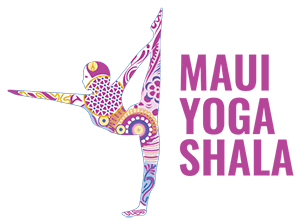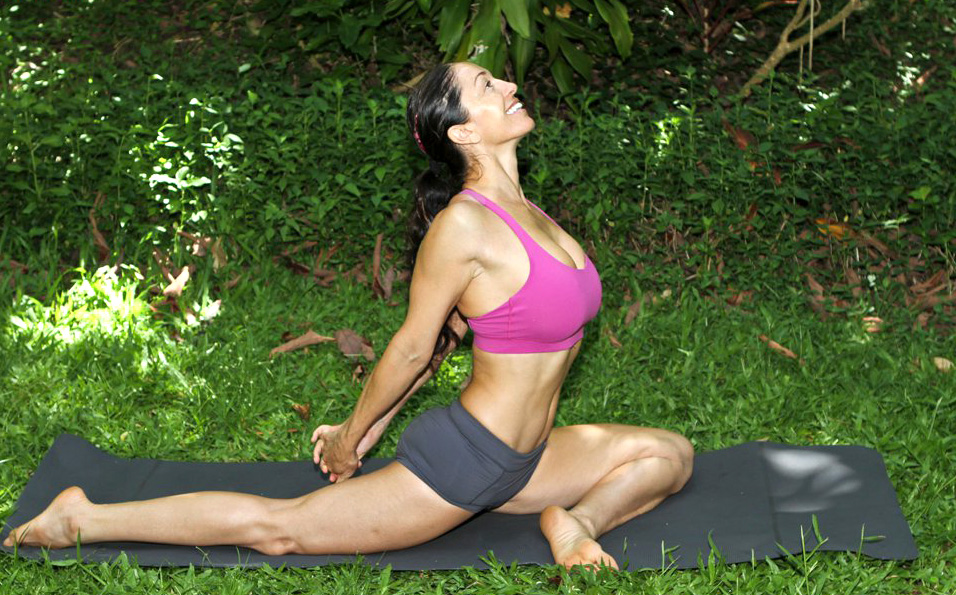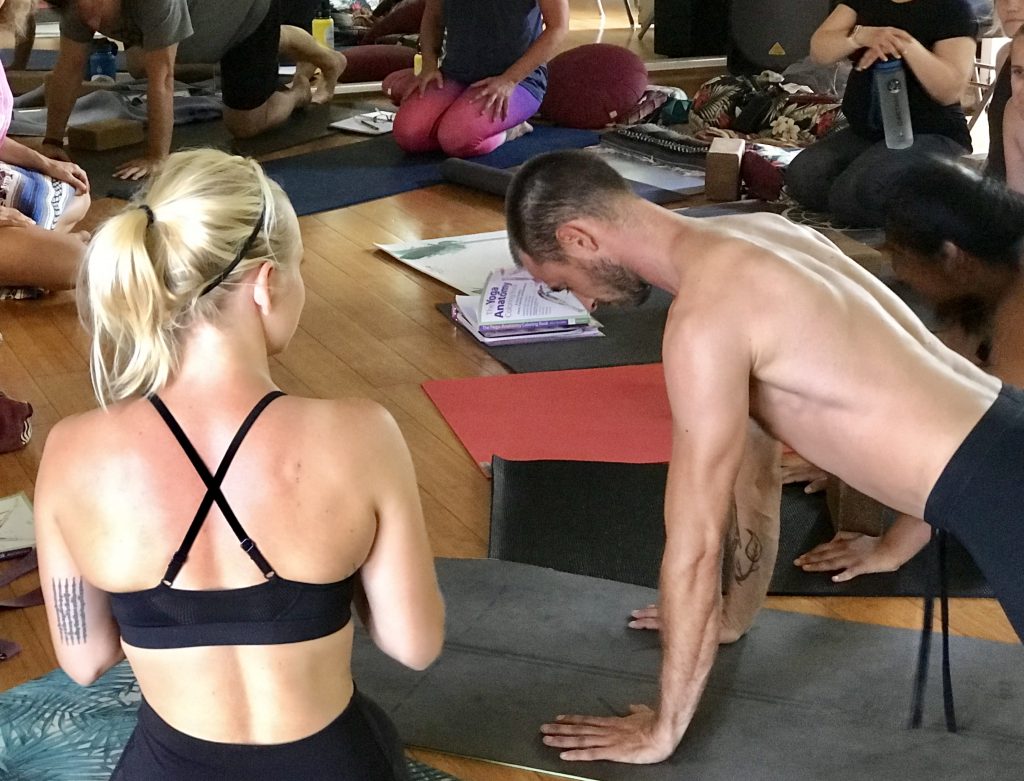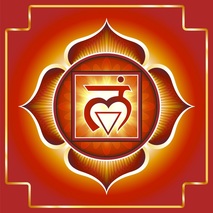Raja Yoga refers to the ‘Royal Path’ of the Eight Limbs of Yoga. The Yoga Sutras of Patanjali is over 2000 years old, and is still one of the most enlightening and insightful spiritual works of all time, as relevant and inspiring as ever. The word sutra means ‘thread’, and Patanjali weaves together the ‘threads’ of yogic knowledge into a path of our human possibility and potential. The Yoga Sutras of Patanjali teach us the path of working with all aspects of our self, and, most importantly, becoming the master of our mind. Hence the term ‘Royal’ – the goal of this path, the practices and the philosophy, is to become the ruler of the vast territory of our mind, and in that way to reduce suffering and live a life of peace and ‘aloha’.

One of the goals of this holistic and beautiful path is kaivalya, which is described in the 4th chapter of the Yoga sutras as the fruit of living the Raja Yoga, or Eight limbed path. The Sanskrit translation of the word kaivalya is often seen as ‘aloneness’, but a deeper translation refers to the wholeness and freedom of non-duality, of realizing in our being that we are sovereign in ourselves, free from the conditioning that separates us from our true Self. Kaivlaya is the embodiment of yoga, a state of remembering who we are.
For us modern people, that may seem like a somewhat high aspiration, something not attainable for ordinary yogis. But Patanjali does remind us, in the first chapter of the sutras, 1:21, that for those of us that devote ourselves to regular practice, this goal of freedom is near. It is right here inside us, the gem of our being waiting to be polished by our regular practice, ready to shine as our light and love in the world.



















